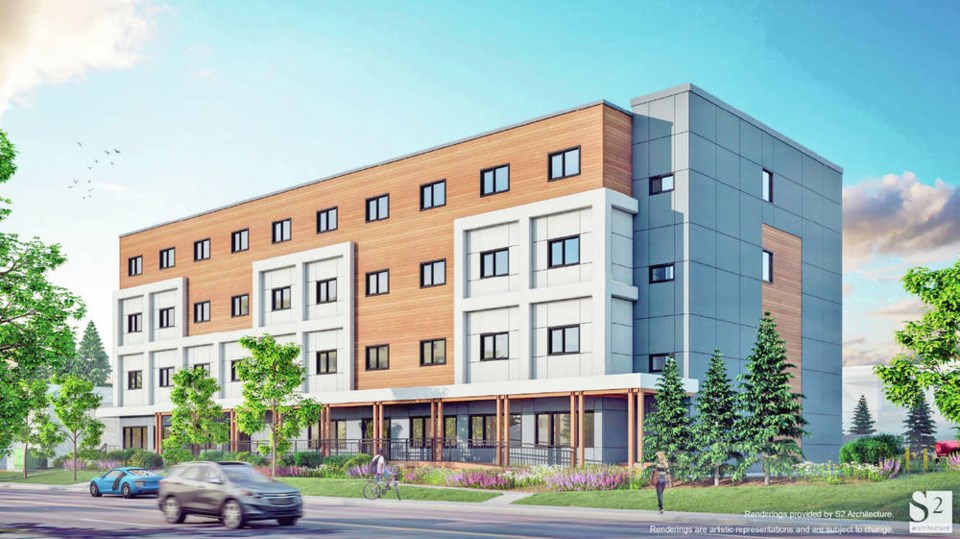Nanaimo’s rental housing crisis is becoming more severe as availability shrinks and rents rise despite new construction.
The city’s vacancy rate dropped to one per cent as of October, down from two per cent a year earlier. The Canadian average is 3.2.
That means Nanaimo citizens, especially those on limited incomes, face a daunting situation when seeking a place to live.
‘It is desperate,” Violet Hayes, executive director of the Island Crisis Care Society, said Tuesday.
“It’s really challenging. We regularly get calls from people that are asking us do we have any leads. It’s just almost impossible [for] people on fixed incomes. [It is] so hard to find a place.”
The market is getting tighter as people move to Nanaimo, she said. The city estimated its 2019 population at 98,957 and anticipates reaching 106,254 by 2024.
The vacancy rate in Nanaimo, which has 4,132 rental apartment units, has declined even though more than 400 new units were completed in 2020. Because demolitions and renovations took many of the existing rentals out of the total pool, the overall increase was only four per cent, or about 150 additional units, said Pershing Sun, a senior analyst with Canada Mortgage and Housing Corp.
“The pace of rent increase actually slowed down in Nanaimo from 5.5 per cent in 2019 to 2.4 per cent in 2020,” she said in an email.
The combination of more units and a less-rapid rent increase may have attracted people to Nanaimo from pricier areas such as Victoria or the Lower Mainland, Sun said.
Recent migration patterns show that the pandemic prompted people to leave city centres for close-by smaller communities, she said.
This migration had already started prior to 2020 because smaller communities were more affordable, but it sped up with the arrival of COVID-19.
As more people arrive in smaller communities, that has provided incentives for investors and builders to launch rental projects, she said.
“Record-level rental starts and completions in these communities will contribute to expansion of the rental universe in the coming years.”
Courtenay’s vacancy rate decreased from 1.4 per cent in 2019 to 1.1 per cent in October.
Other Island communities with populations over 10,000 also have tight residential rental markets: Campbell River has a 0.7 per cent vacancy rate, Parksville 1.1 per cent, Duncan 1.8 per cent and Port Alberni 2.7 per cent.
Average rents have increased in every community, CMHC’s data shows.
Nanaimo Coun. Don Bonner, who chairs the health and housing task force, said its report will be finalized on Feb. 10 and then go to council. A key recommendation is expected to be the creation of a single body to put forward a strategy for Nanaimo.
Bonner said the city can encourage more affordable housing through zoning, density bonuses and other tools. City hall is expected to review its density bonus system.
The work by the task force can be carried out along with the city’s action plan to end homelessness and its affordable housing strategy, Bonner said.
City hall currently has 561 proposed rental units for review. That represents 40 per cent of all multi-family units under consideration, said Jeremy Holm, Nanaimo’s director of development approvals.
The construction sector is busy in Nanaimo, where city staff say that up to 64 per cent of new housing being built is destined for the rental market. Both the public and private sector are backing these developments.
The provincial government and the city agreed last year to partner on developing more than 300 affordable rental units.
For example, the province is behind a development permit application for a four-storey, modular, wood-frame 59-unit social housing proposal at 702 Nicol St., along with the Island Crisis Care Society. That plan went before the city’s advisory design panel last month.



